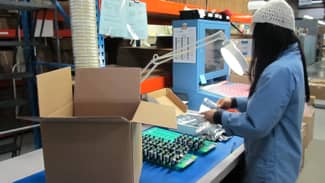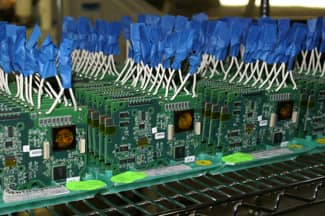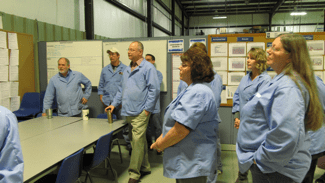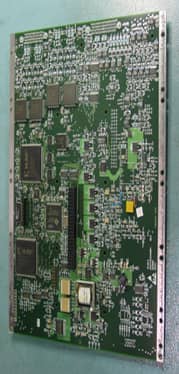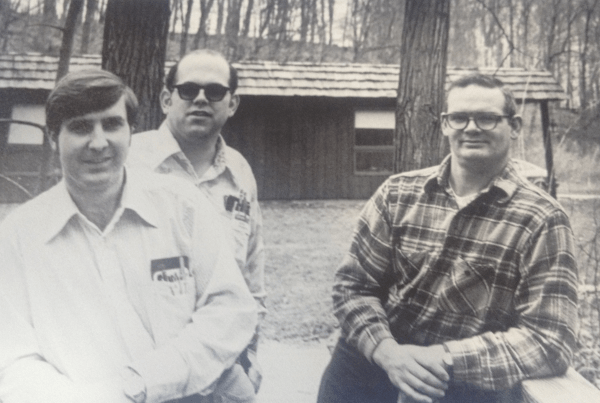As you’ve learned in Part 1 and Part 2 of this series, much of the actual work in getting your custom electronics job processed is completed well before it ever goes into production. In this final part of the series, we’ll walk through what to expect during the first production run and the follow up process, and how the relationship is maintained after the receipt of the first order.
In our Part 1 of this series, we discussed the needs assessment and quote preparation stages of the order flow and how important they are to a successful project. The process continues as we enter into the launch phase, which starts once an order is received for a new PCB assembly.
On Thursday, January 16th, 2014, in front of a crowd of 800 local business and community leaders, RBB was greatly honored to receive the 2013 Quality Growth Award from the Wayne Economic Development Council (WEDC) at the Annual Dinner of the Wooster Area Chamber of Commerce.
In a company that handles recurring small batch work on printed circuit board assembly, project requirements and specifications can vary a lot. The key to delivering high-quality work in a timely manner is to get the project methodology down to a science. It can't be done without a solid understanding on both sides of the contract: the assembling company must know what the customer needs, and the customer must validate that work undertaken by the company is accurate.
The manufacturing economy is tough right now, and the way to stand out in the custom electronics field is to deliver customer service that doesn't just meet and exceed your customers' needs – it also has to provide them with resources and support that they can't get anywhere else. If you're thinking of your relationship with customers as primarily transactional, you're thinking of the bare minimum. What makes custom electronics companies thrive is the richness of service they provide.
My last post introduced the “off season” concept, where I made a case that anyone who gets paid for what they do (aka a “professional”) needs to occasionally go away and work on their work. In this post I share my own proven formula for making the most of this time away. I swear by the concept and what it has done for me personally, my businesses, and my family. Treat these ideas as guidelines only; you will find what works best when you get out there on your own.
I've been away from the office this week (but not from blogging!) Find out where I've been and how you can make an off season work for you.

